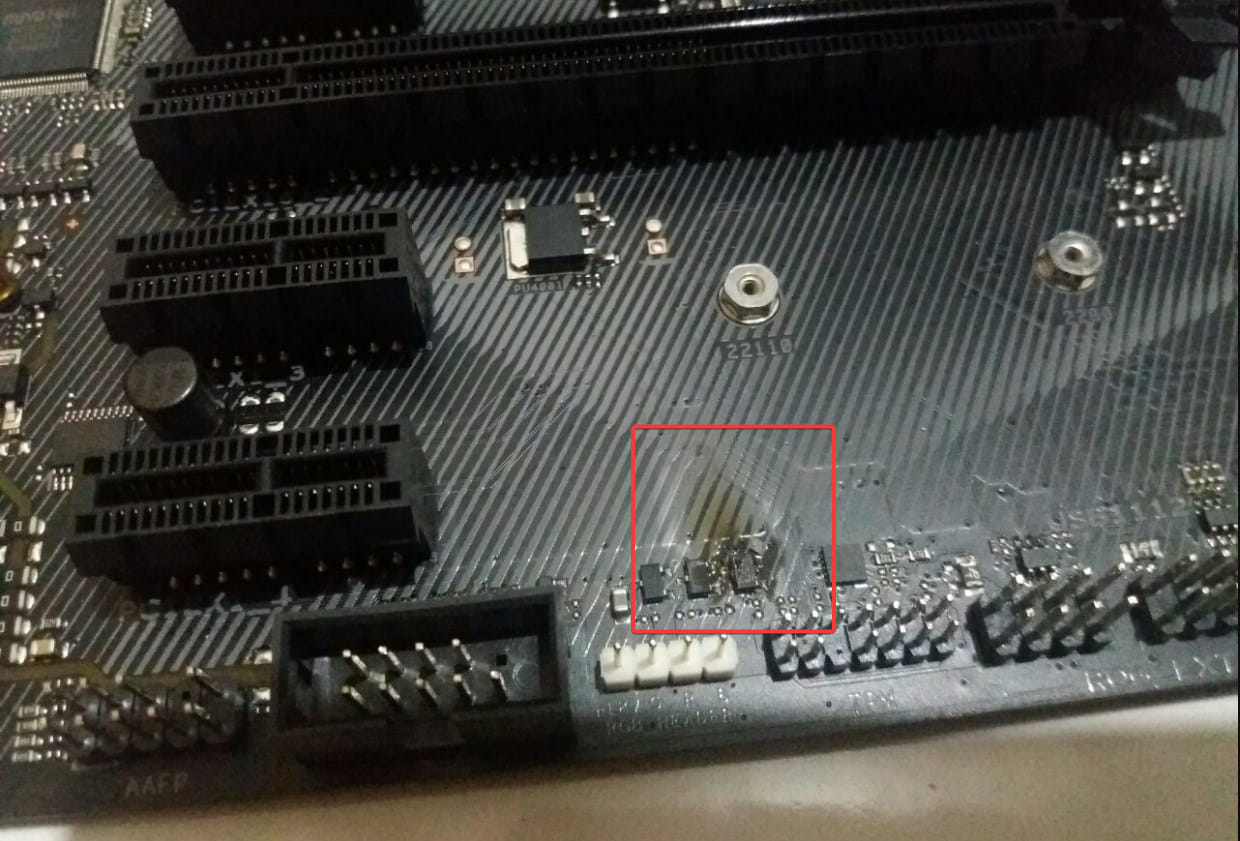Shorted Out Motherboard: Why It Happens & How Can You Fix It
Easy troubleshooting steps
4 min. read
Updated on
Read our disclosure page to find out how can you help Windows Report sustain the editorial team. Read more
Key notes
- For most cases of a shorted motherboard, you will need the help of a qualified technician.
- Identifying and replacing damaged parts are essential in the fixing process.

Wondering how to fix a shorted-out motherboard? This article includes everything you need to know on this topic.
A shorted-out motherboard can be a frustrating and costly problem for any computer user.
A short circuit on the motherboard can cause damage to other components and can even lead to a complete failure of the system.
So, in this article, we will explore the causes of a shorted-out motherboard and discuss some ways you can fix it.
What causes a shorted motherboard?
There are a few elements that will trigger a shorted motherboard, some of which include the following factors:
- Overheating of components – If the components on the motherboard, such as the CPU or GPU, become too hot, they can cause a short circuit. This can happen if the cooling system needs fixing or has so much workload.
- Power surge – A sudden increase in voltage can cause a short circuit on the motherboard, damaging the components. This can happen if there is a power outage or you connect your device to a faulty power source.
- Water damage – If the motherboard is exposed to water or moisture, it can cause a short circuit. This can happen if the system is in a humid environment or if there is a leak in the case.
- Physical damage – If the motherboard is damaged due to impact or other physical means, it can cause a short circuit. This can happen due to a dropping or a manufacturing defect in the motherboard.
- Corrosion The motherboard will short circuit if exposed to corrosive materials, such as chemicals or salt. This can happen if you use the system in a harsh industrial environment or if there is a leak in the cooling system.
- Bad capacitors – If the capacitors on the motherboard are faulty or damaged, they can cause a short circuit. This can happen if the capacitors are of poor quality or have reached the end of their lifespan.
Now let us explore some crucial solutions if you face this problem.
What should I do if I have a shorted-out motherboard?
1. Determine the source of the short
The first step in fixing a shorted-out motherboard is to identify the source of the problem. This can be done by visually inspecting the board for any obvious signs of damage, such as burned or melted components.

If there is no visible damage, you can use a multimeter to test for continuity between various parts of the board, such as the power connectors and the ground.
2. Isolate the problem area
Once you have identified the source of the short, you need to isolate the problem by disconnecting any connected components, such as the CPU, RAM, and power supply.
This will help you to access the problem area better and make it easier to repair.
3. Replace damaged components
If you find any damaged components, such as a burned-out capacitor or a shorted diode, you will need to replace them. For example, purchasing replacement components from an electronics store or online after a Google search.
Be sure to use the correct replacement components, as using the wrong parts can cause further damage to the motherboard.
4. Clean the motherboard
Once you have replaced any damaged components, you should clean the motherboard with a soft brush or compressed air to remove any dust or debris that may have accumulated.
This will help to ensure that the board is free of any contaminants that may have contributed to the short.
5. Test the motherboard
After cleaning, reassemble the components and test the motherboard to ensure it functions correctly. If the board is still not working, you may need to repeat the above steps or seek professional help.
Moving forward, keep your computer in a cool and dry place and avoid using the computer in a dusty environment. Also, properly ground the internal components to prevent static electricity from building up.
In conclusion, a shorted-out motherboard can be caused by various elements, including physical damage, voltage surges, and even humidity.
If you suspect that your motherboard may be shorted out, taking action as soon as possible is essential to prevent further damage.
Remember that it may be best to seek professional assistance if you are not comfortable working with the inner components of your computer. However, with proper care and maintenance, you can prevent a shorted-out motherboard and keep your computer running smoothly for years to come.








User forum
0 messages